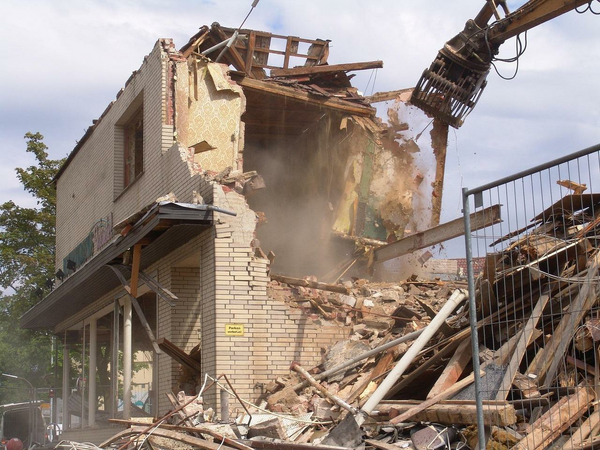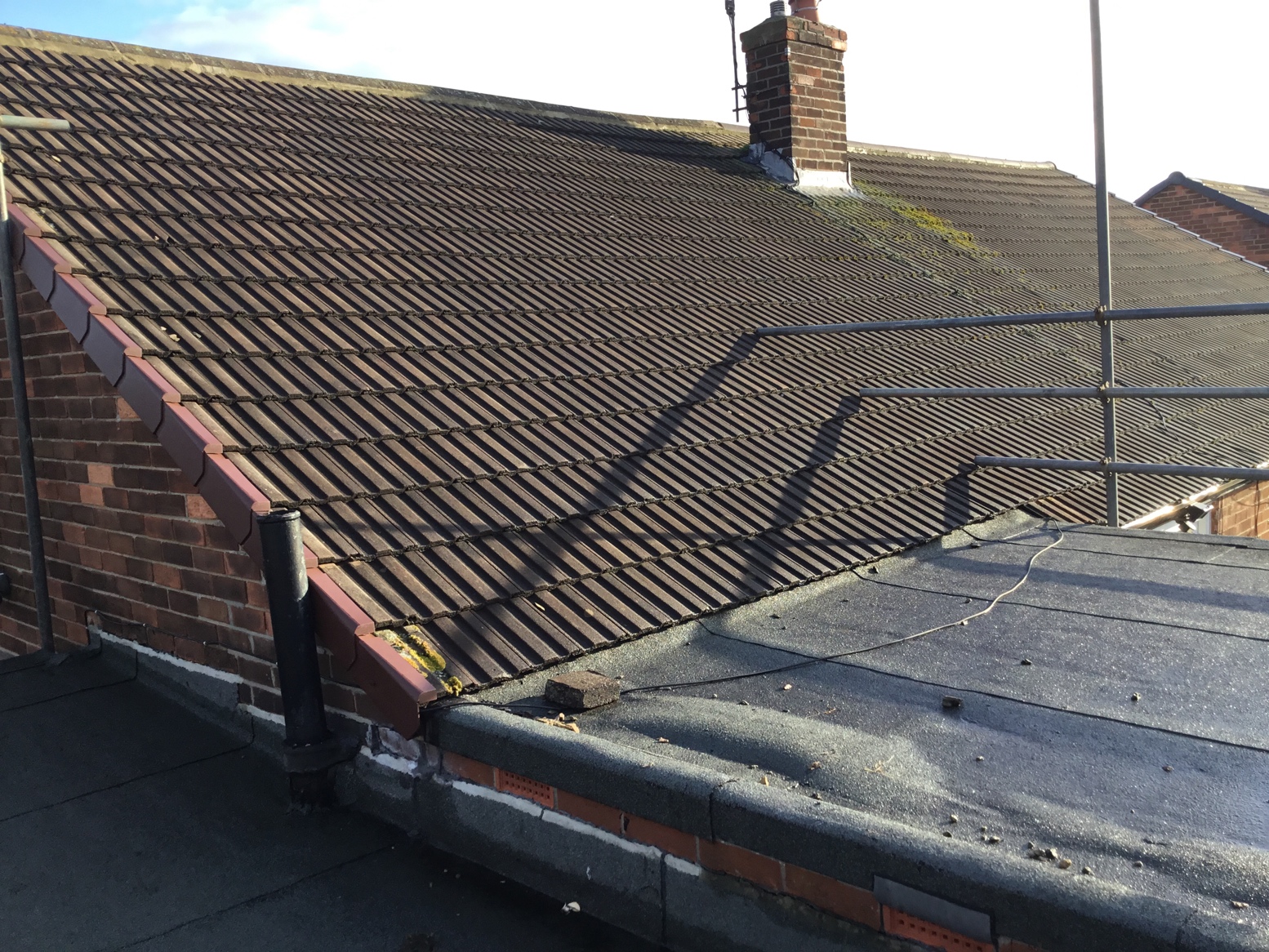When you are building your new home or a commercial building such as an office or a retail store, there are usually endless ideas for how you want it to look. Whether you care more about functionality, durability, or the overall look and style of it, providing a roof for the building is only the second most important step to take. The type of roofing you choose must provide optimum protection from any sort of weather. Many commercial buildings such as warehouses provide low slope and flat roofs given their many advantages. Those include but are not limited to fewer costs for repairs, easier solar panel installation, and easier cleaning of gutters. Below are a few types of roofs that can be both functional and durable while looking great as well.
-
PVC Membrane
Steep slope roofing and low slope roofing both require different materials to construct. A “membrane” is a term that is typically assigned to the most common roofing system for flat roofs. This roofing system’s main job is to remove water off the roofs, especially if it is flat. Unlike steep slope roofs, where the water just glides off, low slope and flat roofs can preserve the water and damage the roof if there is no material there to “dispose” of it. PVC roofing, short for polyvinyl chloride roofing, and also known as thermoplastic roofing, is a common type of membrane which has several advantages. Firstly, it reflects the sun, hence the “thermo” in thermoplastic, it is environmentally friendly since it lacks chlorine, and it is very long lasting and durable.
2. EPDM Rubber
Thermoset roofing is made up of an Ethylene Propylene Diene Terpolymer (EPDM) membrane which it too has numerous advantages. Firstly, it is pretty commonly used, the flexible synthetic rubber is also resistant to the sun’s rays, but not reflective, like the PVC, it is easy to apply, and is very durable as well.
3. TPO
The Thermoplastic Polyolefin membrane is a new type of roofing system that is extremely up and coming. Both TPO and EPDM are forms of “single-ply” membranes, which are basically large spreads of rubber mixed with other synthetics and are mechanically fastened or “glued” to an insulating system to create a layer of protection over the building. One advantage and disadvantage of TPO is that it does not come with insulation, but that also gives the customer more choices of choosing the type they want. TPO proofing also saves money because – since they are made up of white sheets, they are highly reflective, which therefore decreases the amount of money one can spend on air conditioning during the summer.
4. Modified Bitumen
A less common type of roofing system is the Modified Bitumen. It is known however to be one of the longer lasting types of roofing systems. Unlike TPO, Bitumen roofs are one of the oldest forms of roofing and has had a long track record of durability. Though like other roofing systems, it also has one, two, and three-ply membranes, but where TPO and EPDM membranes are sufficient with single ply, the modified bitumen needs a two or three ply, which ultimately costs more, yet also make it last longer.
5. Built-up roof / Spray-on roof
Built-up roofing is one of the most common materials used for roofing on a low slope rather than a flat roof. The built-up roof is created by altering fabric upon asphalt upon stone or gravel which makes it durable and sealed off. These built-up roofs have been in use for over a hundred years, yet their lifespan is about 15-30 years only. Even though they may have possible advantages, they also have many cons such as the fact that it takes a while to install, it is very costly, and can be damaged relatively quickly by wind and water.
Spray-roofs, also known as Spray Polyurethane Foam (SPF) roofing is also a form of roofing that has been around for many years. It too is very durable in specific conditions, and many schools make use of it as installing and uninstalling does not interrupt the on goings within the building while being very cost efficient. Similar to its abbreviation, SPF, it also blocks the sun’s rays and reduces the heat entering the building.
Whether you are building a house or a school, or merely reinstalling the roof of a warehouse, the type of roof you choose is extremely important. Roofs provide shelter from winds and temperature and depending on the type of climate you live in and your general needs, there are types of roofs that would be most recommended. The essential step to take is to write out a checklist of needs, and you will find the right type of roofing for them.




 POSTED BY
POSTED BY 

